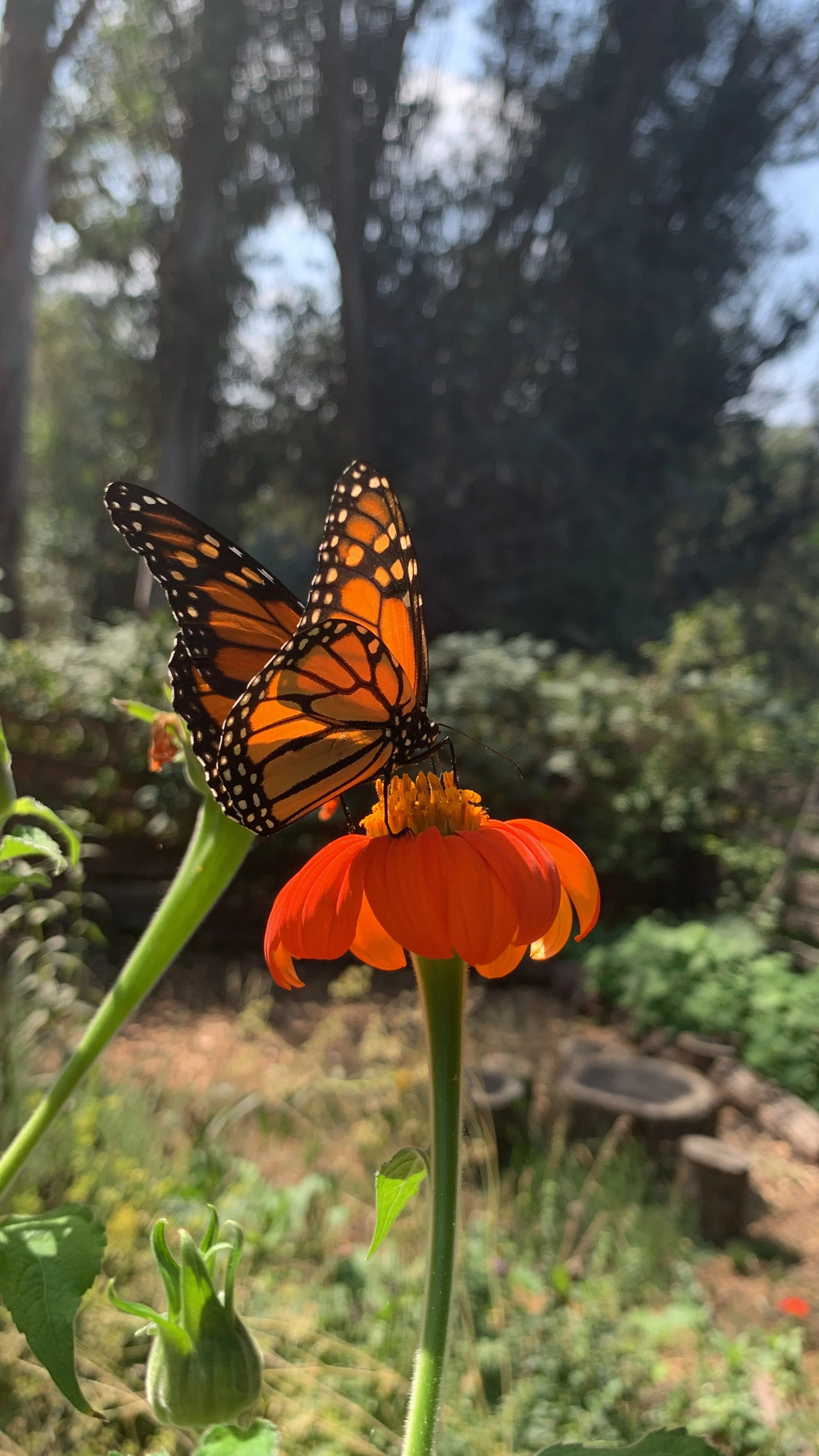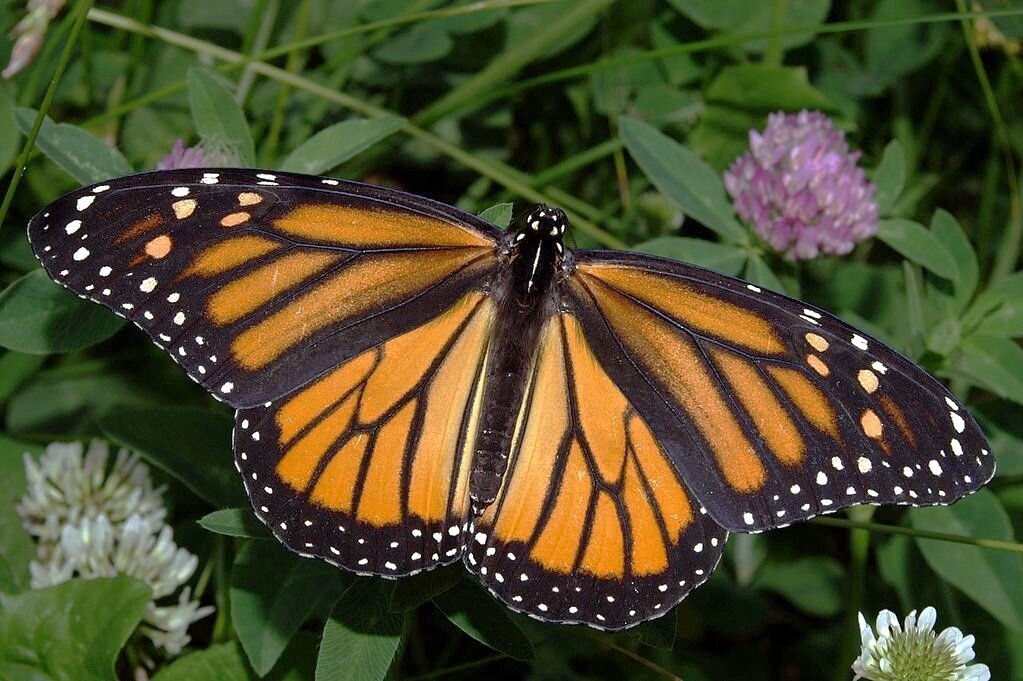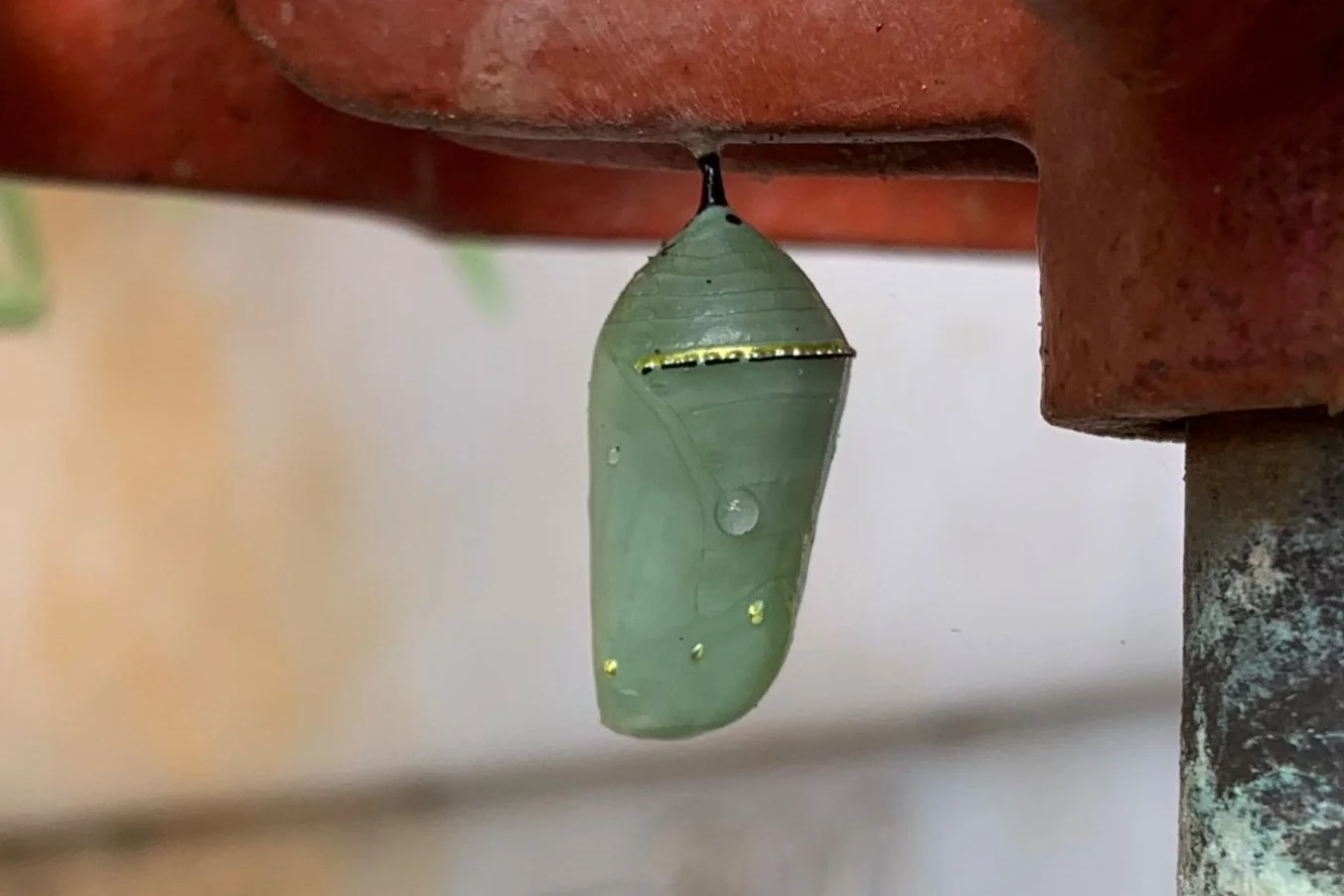
Western Monarch Alliance
Report your Monarch Sightings
at any stage of the life cycle.
Report your sightings to one of the following:
An easy-to-use community science application that serves as an essential resource for research scientists and conservation biologists. At the same time, data from this site feeds information to many other monarch conservation projects, such as the western milkweed mapper. Upload observations online or using the iNat app on your phone. inaturalist.org. Consider adding observations to the INat project page Western Monarch Milkweed Mapper.
Western Monarch Observation Form
Send your monarch observation (date, time, location, photos if present) using our online form. This form focuses on observations throughout Sonoma County, but all observations west of the Rocky Mountains may be reported here.
Email
Send an email to info@hallbergbutterflygardens.org with the following information:
Date, time, location
Temperature (if noted).
Which stage of the life cycle did you see?
Photos?
Further Information: Did you see multiple monarchs, caterpillars, etc? How Many? Any other site, weather, or observation information to include?
July/August Monarch Blitz -
Observations can be downloaded to the INaturalist project page: Western Monarch Milkweed Mapper or uploaded onto the Western Monarch Milkweed Mapper website - https://www.monarchmilkweedmapper.org/
Why report monarch observations?
Reporting sightings of western monarchs helps scientists and researchers understand the population and inform conservation strategies.
Understand the Monarch’s life cycle.
Monarch sightings help researchers understand where monarchs breed and migrate. There is much we do not know!
Conservation
Sightings help inform conservation strategies, such as protecting overwintering sites, restoring breeding and migratory habitats, and protecting monarchs from pesticides.Database
Sightings contribute to an extensive database that includes records from herbaria, research datasets, and other community science programs.
Monarch Butterfly (Danaus plexippus):
Caterpillar (larva), Chrysalis (pupa), Butterfly (adult)
Monarch look-a-likes in Sonoma County:
Painted Lady (Vanessa cardui)
Gulf Fritillary (Dione vanillae)
Anise Swallowtail (Papilio zelicaon)

We encourage you to visit the Xerces Society of Invertebrate Conservation webpage for plant lists, Monarch information, bee-safe plants, and many other printable publications supporting the conservation of butterflies and pollinators.





